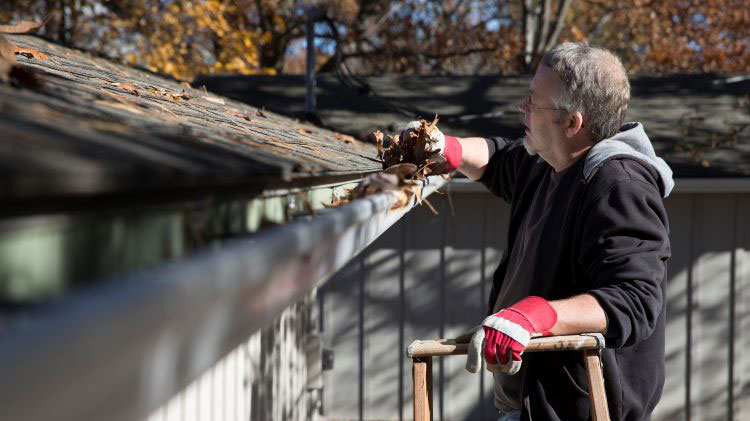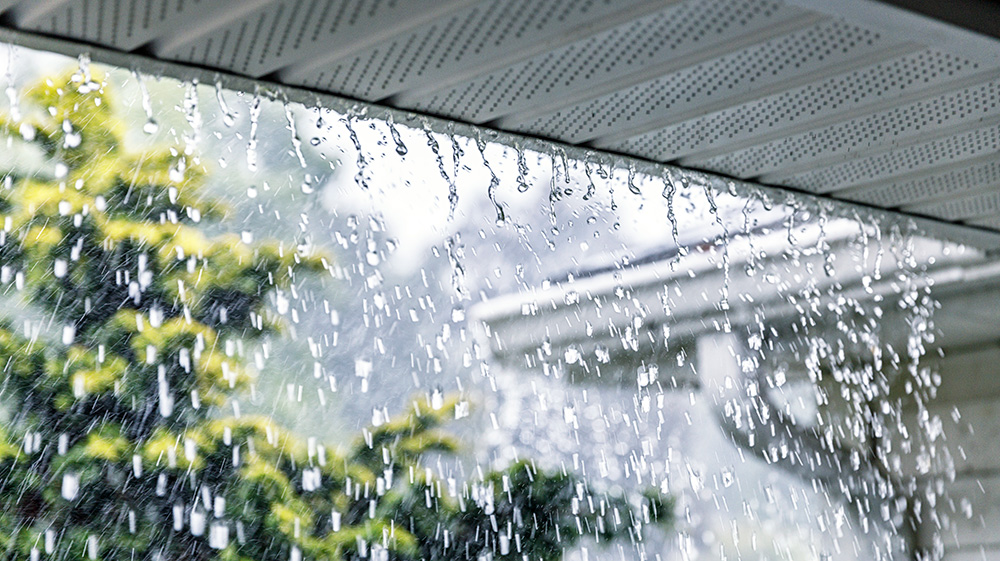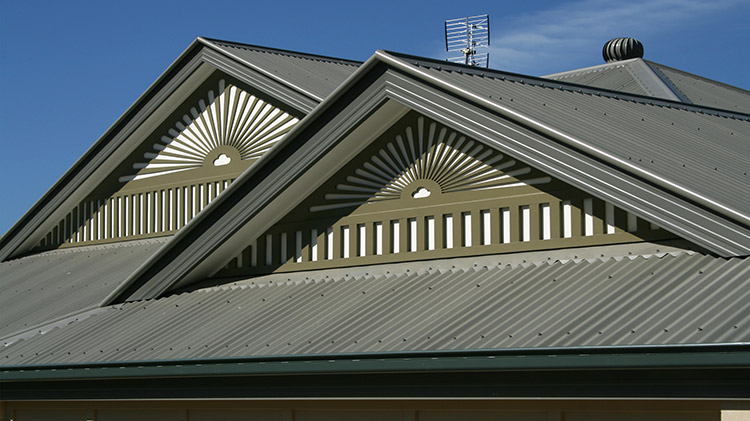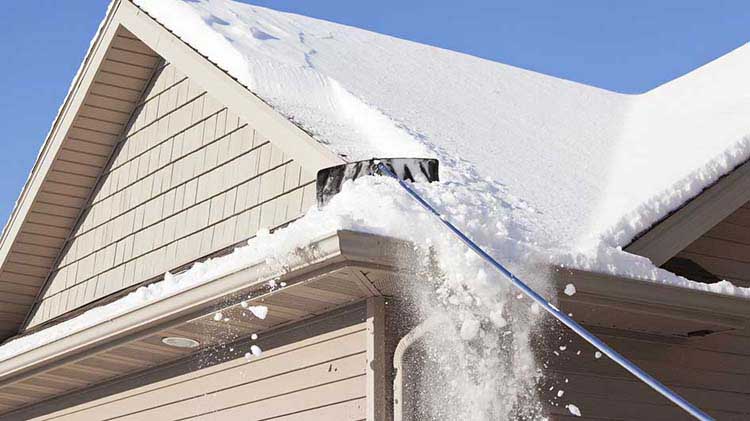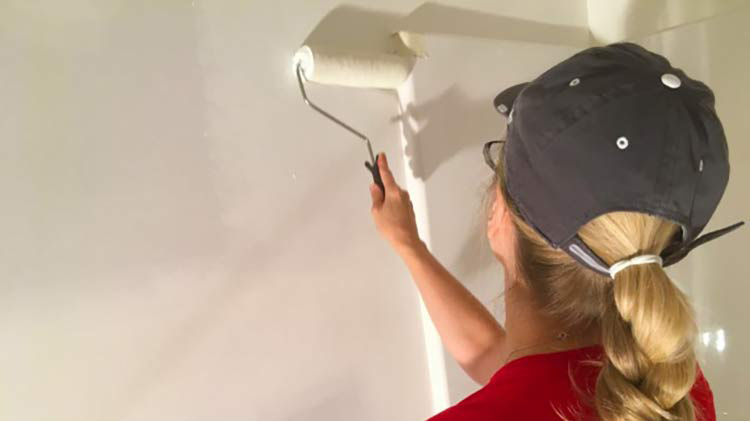How to spot a roof leak and what to do if you have one
Learn about the signs of a roof leak and steps you can take to help stop the damage.
The first sign of a leaking roof for many is a stain on a ceiling or wall. Fortunately, there are some clear steps you can take to learn how to find a roof leak and help stop damage before it gets worse.
For example, a simple visual inspection of roof shingles — while standing safely on the ground — can help you identify spots where the roof might be wearing unevenly or where shingles are missing or damaged. Gutters and downspouts should be in good condition and kept free of debris.
It’s important to catch a leaky roof early on as it can cause damage to the interior of your home and your personal property, in addition to creating falling hazards due to wet, slippery surfaces. So, what are the early indicators that you have a roof leak, and what should you do if you discover a leaking roof?
Signs of a leaky roof
Inside
- Mold: Any signs of mold or mildew may indicate moisture is entering the home.
- Dampness or stains: Check ceilings and walls for bubbles in the paint or water stains.
- Musty odors: Even if there’s no visual proof, a musty smell could indicate water damage.
Outside (use binoculars to inspect the roof from the ground)
- Roof shingles: Look for missing, torn, cracked, curling or damaged shingles.
- Roof flashing: Cracks in the caulk or missing pieces may allow water to seep in.
- Gutters: Are sections of the gutters drooping? Does the gutter overflow when it rains?
- Spots on the walls: Areas affected by water damage will often show spots indicating issues with the step flashing, where the exterior wall meets the roof.
How to find a roof leak
Even if you think you know where the leak is entering your home, contact a roofing specialist to help you find the specific source of the leak.
Here are some reasons the roof might be leaking
- Pipe boot failure: Cracks may develop in the plastic or metal base and in the rubber surrounding the pipe.
- Missing shingle nails: Holes left behind from things like satellite dishes could cause a leak.
- Gutter issues: Gutter leaks can stem from rust or open seams caused by distortion.
What to do if your roof leaks
- Protect your property: Move valuables and furniture to avoid areas where the water is most prevalent.
- Collect water: Use buckets, bowls or any containers you have to help catch dripping water and prevent further damage.
- Temporarily protect the roof: If safe to do so, cover affected areas with waterproof tarps to help minimize intrusion.
- Document damages: Take notes and pictures of the leak and any damage that may have occurred.
- Ask a contractor: Consider contacting a contractor who could help you make temporary repairs.
Help prevent future leaks
- It's important to have your roof routinely inspected and maintained by a professional roofing contractor.
- Keep tree limbs cut back to prevent them from touching the roofing surface.
- When leaks occur, get them fixed as quickly as you can — newer roofs may simply require repair; older roofs may require replacement.
Check out these Simple Insights® articles for more tips on maintaining your home.
